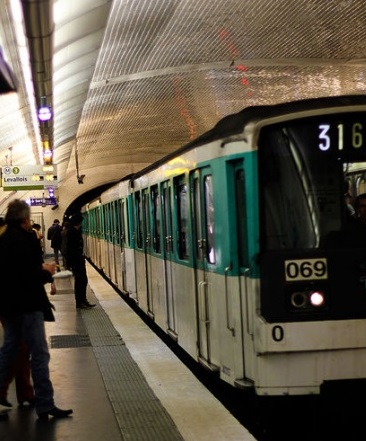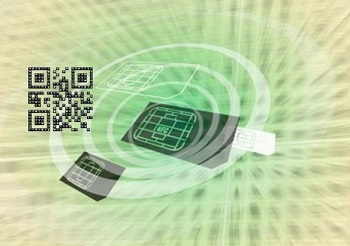From comfort to convenience, smartphones have greatly improved the communication between transit and rider.
The majority of commuters using public transit have smartphones with them, and bus, subway, and train system authorities know this and are increasingly catering to mobile technology and the many cost effective opportunities that it provides.
Transit riders aren’t just using their cell phones to let people know about delays along their routes.
In fact, communication is only a small fraction of what mobile technology brings to today’s commuters. From mobile ticketing to WiFi enabled stations, many transit authorities have worked these devices into the actual use of their transportation services. Over the last few years, this has grown to the point of being commonplace, so that many commuters have come to expect and rely upon the mobile friendly services that make the experience more convenient.
Mobile technology has helped to remove some of the unnecessary inconveniences previously linked with public transit.
 Mobile ticketing has become a growing trend in public transit, for instance. One example, among many, is the mTicket app from the MBTW (Massachusetts Bay Transportation Authority), which made it possible for riders to be able to buy fare no matter where they are or what time it is. That app was first launched back in 2012, and many other transit authorities have offered their riders similar types of experience.
Mobile ticketing has become a growing trend in public transit, for instance. One example, among many, is the mTicket app from the MBTW (Massachusetts Bay Transportation Authority), which made it possible for riders to be able to buy fare no matter where they are or what time it is. That app was first launched back in 2012, and many other transit authorities have offered their riders similar types of experience.
For those that have not yet implemented m-ticketing, mobile payments have become an option. This way, instead of purchasing a type of ticket over a smartphone, it is possible to pay for fare directly out of a debit or credit card account by way of different types of tech such as near field communication (NFC), or QR code scans.
Transit systems around the world are offering riders ways to know when their next bus or train will arrive, which can help to ease the struggle of waiting. From Antwerp to the United States, commuters can use apps or scan QR codes on bus stop signs to better understand the schedule in real time. In fact, it has also recently been revealed that Apple Maps will be including transit information for large cities, in its upcoming update.
Even entertainment for passing the time throughout the journey has become a factor. While apps offer a great way to enjoy games, social media, and other amusing time-killers (particularly when the transit system offers free WiFi connectivity), some systems have also introduced digital libraries, where QR codes can be scanned on the walls of busses and trains in order to gain access to public domain ebooks.
Of course, the team at Mogix power banks has pointed out that this makes it even more important that commuters always keep their mobile technology batteries charged, as these riders depend on the gadgets for their transit fare, wallets, information, and entertainment every day.


